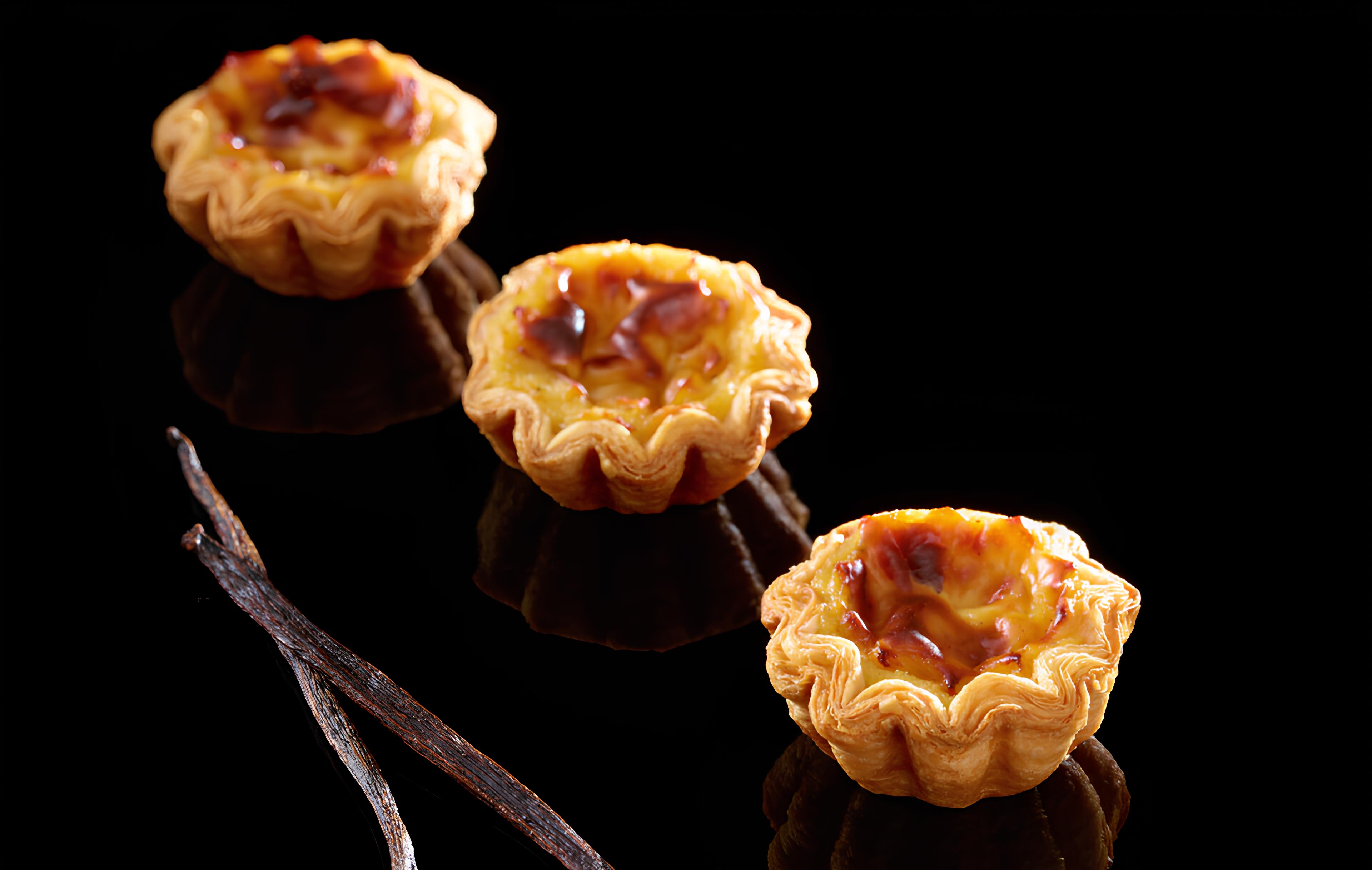To stay relevant all day long, bakers are breaking the rules
By Rémi Héluin
If bread artisans have gradually become restaurateurs over the years, they must now undergo a new transformation, both in terms of their offerings and their shops. Faced with an increasingly mobile and unpredictable consumer, they need to innovate to remain attractive from morning to evening. To achieve this, bakers have a major advantage: exceptionally long opening hours and a close relationship with their local communities.
The three daily meals that traditionally shaped French eating habits now seem to be a thing of the past. While the country remains attached to time spent at the table, still exceeding two hours per day, meals are becoming more fragmented and frequent. Mirroring habits observed in parts of Asia, where snacking is cultural, this shift is transforming what food offerings look like both in restaurants and bakeries. In 2018, a study by Credoc revealed that 38% of French people consumed at least one snack outside regular meals each day. Since then, Covid-19 has accelerated the trend. Five years later, the State of Snacking report published by Mondelez International showed an even more striking figure: 64% of respondents said they preferred eating multiple snacks throughout the day rather than sitting down for full meals. Today, the French reportedly snack 5.5 times a day.
No matter the format, pleasure lives in the bakery.

© Mademoiselle Desserts
In display cases, new formats are emerging to satisfy the craving for light, on-the-go bites. Mini sandwiches, sweet treats (flans, filled cookies…), dry biscuits or travel cakes, there are plenty of options. French bakery giant Marie Blachère has developed an especially appealing menu that fits perfectly with this trend. For €5, customers can pick any four sweet or savory items (mini sandwich, mini viennoiserie, donut, madeleine, croque-monsieur, drinks) with total freedom in how they combine them. The format makes it easy to create a varied snacking break while keeping prices accessible.
Such initiatives are part of a broader trend toward diversifying the product range, as seen with the arrival of salads and hot dishes in bakeries. These offerings initially helped generate traffic at lunchtime, and now meet consumer needs later in the day. To address the “empty fridge” dilemma and stand out in what many observers call the “lazy economy,” bakers can capitalize on the versatility of their product lines, not only showcasing their expertise with bread, but also venturing into new territory.
The apéritif-dinatoire is one such trend. According to a 2024 study by L’ObSoCo, nearly one in two French people (48%) treated themselves to this type of informal meal at least once during the year. Two-thirds of the population consider it a convenient solution to the demands of daily life. In Villemoisson-sur-Orge, in the Essonne region, Le Tiroir à Pain has made it its signature: this “apéritif bakery” brings together cheeses, cured meats, wines, beers, and naturally leavened breads. An unusual combination that allows the shop to stay open all day, while also boosting the average customer spend.
Behind the counters, food and drink come together to champion the craft of artisan makers

Beyond this diversification strategy, the industry must also strengthen its hold on traditional eating moments. Breakfast and the afternoon snack remain two key highlights of the day, now transformed by the “coffee-shopification”, as the emerging buzzword goes, of the snacking sector. In urban areas, venues specializing in coffee and its so-called specialty variations are stepping in to compete with bakers… who have responded by betting on hot drinks themselves to build customer loyalty.
The coffee corner has become essential, and it’s only the beginning. François Perret, pastry chef at the Ritz (stepping down at the end of August), made waves with his “pastry drinks,” liquid interpretations of his signature creations. Now the trend is reaching major chains. With its new concept, including the flagship store on Place de l’Opéra (Paris 2nd), Brioche Dorée offers signature drinks imagined as true “viennoiseries to sip,” each topped with half a mini croissant, a clever nod to the brand’s iconic product. By offering a coherent experience that bridges food and drink, the bakery sector may succeed in capturing the loyalty of increasingly demanding consumers. Flaky specialties are also becoming a key element in this strategy. While classics like croissants and pains au chocolat remain popular for morning breaks, more indulgent options are finding a special resonance at snack time. New York Rolls, Crookies, filled croissants… These highly visible products, both in shop windows and across social media, showcase the technical skill of bakers in crafting viennoiseries, while also driving much-needed margins. A future that’s looking ever more golden and crisp for both artisans and their customers, beyond all rules and concepts.